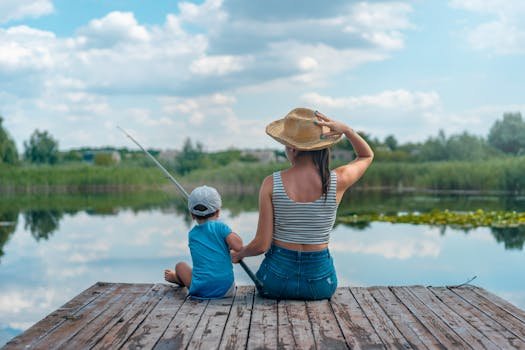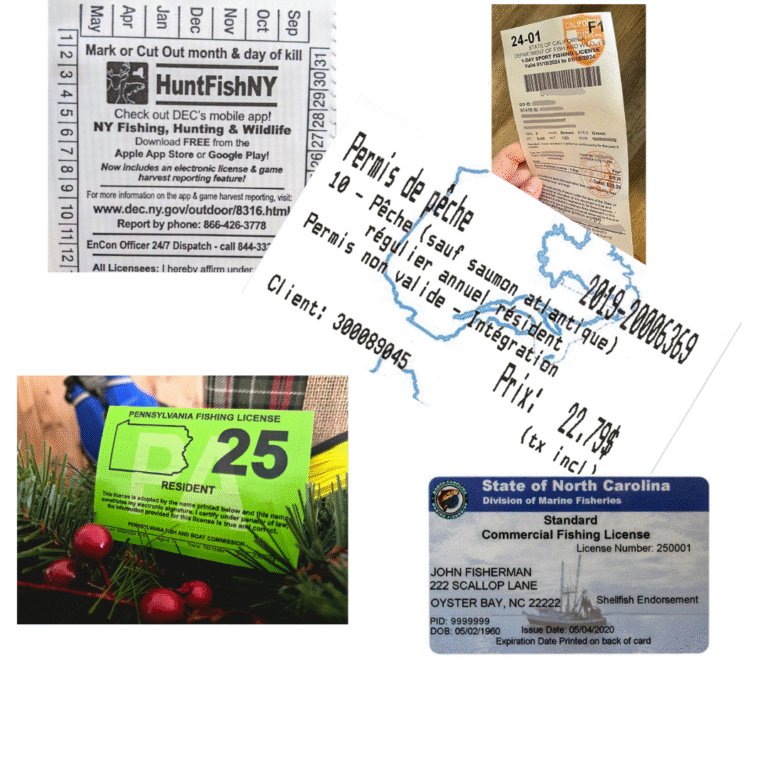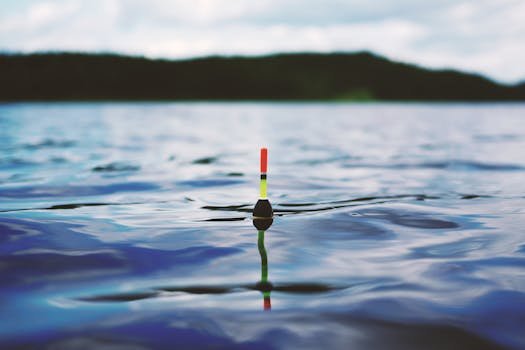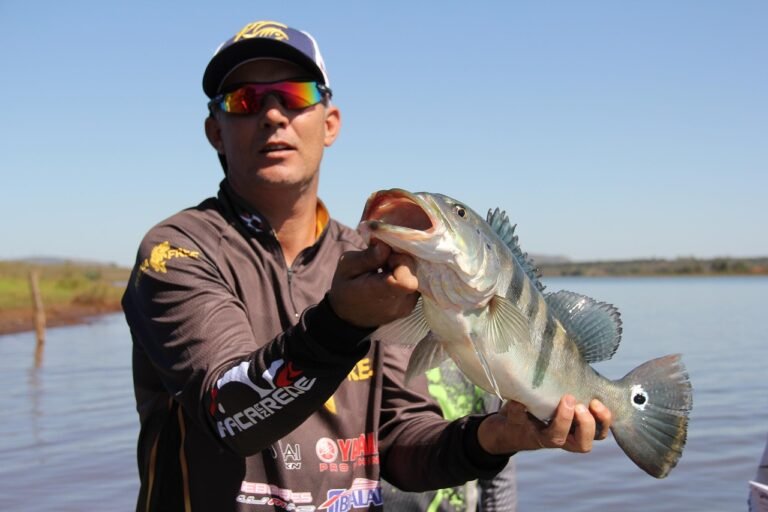Fishing for beginner:Basic Gear – Fish Like a Pro on Your First Try
Ever found yourself frozen in the fishing aisle of an outdoor store, staring at endless rows of rods, reels, lines, and hooks, wondering if you accidentally wandered into a space lab? You’re not alone—we’ve all been there.
But here’s the good news: fishing doesn’t have to be complicated. You don’t need to build a mini lab to catch your first fish. All you need are the “Big Three” — a rod, a reel, and a line — plus a few hooks and bait. Like many great adventures, you don’t need to be 100% ready. You just need to start.
In this chapter, we’ll break down the essentials — no jargon, no pressure — just the practical stuff every beginner should know:
- What kind of fishing rod works best for beginners?
- Why the right reel makes you feel like a natural?
- How to choose a fishing line (what’s a “leader line,” anyway?)
- What’s a rig, and why does “Texas Rig” sound like a steakhouse but work like a bass assassin?
- Most importantly: how much should you spend?
Ready? Let’s gear up like it’s no big deal.

1. Rod & Reel: Your First Weapon on the Water
Try fishing without a rod, and you’re just doing aquatic karate.
Best choice for beginners?
Spinning Combo (spinning rod + spinning reel). It’s like the instant coffee of fishing gear — simple, reliable, and it works.
How to choose the right rod:
- Length: Go for 6 to 7 feet (180–210 cm). Easy to control, perfect for learning.
- Power (Strength): Medium is just right — light enough for panfish, strong enough if something bigger bites.
- Action (Flexibility): Fast action means the tip responds quickly — you’ll feel every nibble.
Rod Label Decoded:
6’6″ Medium Power / Fast Action – 6–12 lb line / 1/8–3/4 oz lure
Translation:
- 6 feet 6 inches long
- Medium power (not too soft, not too stiff)
- Fast action (tip bends quickly)
- Suitable for 6–12 lb fishing line
- Casts lures weighing 1/8 to 3/4 ounce
Quick Tip: You don’t need a perfect setup — just avoid anything too short, too soft, or too advanced, and you’re good to go.
What does a reel do?
Think of it as your fishing line’s “in-and-out” machine.
For newbies, avoid reels with a million buttons or confusing lock systems. Pick a simple spinning reel — smooth, durable, and beginner-proof.
Top Beginner Combos:
| Brand | Model | Price Range | Best For |
|---|---|---|---|
| Shakespeare | Ugly Stik GX2 Combo | $50–$70 | Tough as nails, time-tested |
| Zebco | 33 Spincast Combo | $30–$50 | Super easy, kid-friendly |
| Pflueger | President Spinning Combo | $60–$90 | Smooth, slightly more advanced |
2. Fishing Line: Your Invisible Connection to the Catch
A fishing line is like the leash between a frisbee and a dog — what goes out must come back in!
There are many types of fishing lines, but for now, just remember one word: simple.
Start with Monofilament (Mono):
- Stretchy, easy to tie, inexpensive, and versatile
- 8–10 lb test strength is perfect for most freshwater fish
You’ll also hear about braided line and fluorocarbon — don’t worry about those yet. Just know:
- Main Line: The spool of line on your reel
- Leader Line: A short segment at the end of the main line — often tougher or less visible
Bonus Tip: For bass or trout, use a fluorocarbon leader — it’s stealthy and abrasion-resistant.
3. Rigs: Turning Hooks into Irresistible Fish Snacks
Ever heard of a Texas Rig? Sounds like a BBQ special, right? In fishing, it’s a bass killer.
How to build a Texas Rig:
- Bullet weight + offset hook + soft plastic worm
- Weedless hook setup lets it slip through grass and rocks
- Fish bites — hook sets fast!
Other easy rig setups:
🎈 Bobber Rig:
- Red-and-white bobber + small hook + worm = Bluegill Happy Meal
- Great for kids or anyone who loves visual bite indicators
🎯 Sliding Sinker Rig (Carolina Rig style):
- Sinkers slide on main line + leader + big hook
- Perfect for bottom feeders like catfish, especially at night or when fish are inactive
4. Budget Guide: Fish Smart for Under $100
| Item | Suggested Price | Notes |
|---|---|---|
| Rod + Reel Combo | $30–$60 | Easy all-in-one deal |
| Monofilament Line (100 yds) | $5–$10 | Enough for multiple outings |
| Hooks (pack of 10+) | $3–$5 | Sizes #6–#10 are beginner-friendly |
| Bobbers/Sinkers/Rig parts | $5–$10 | Get a starter pack |
| Bait (worms/plastic lures) | $5–$10 | Widely available locally |
| Tool Kit (scissors, box) | $5–$15 | Keep it simple |
Total: $55–$110 — Affordable, beginner-friendly, and good for the whole season.
Final Thoughts: You Don’t Need Perfect Gear to Catch Real Fish
Fishing isn’t a gear competition — it’s a quiet conversation with nature.
Once you’ve got a rod in your hand and a line in the water, you’re already ahead of 99% of people still sitting on the sidelines.
You don’t need to be an expert to catch fish — you just need the courage to cast.
Coming up next: We’ll show you how to put all this gear together and tie strong, reliable knots. If you’ve got your gear ready after this chapter — congrats! You’re just one cast away from catching your first fish.





